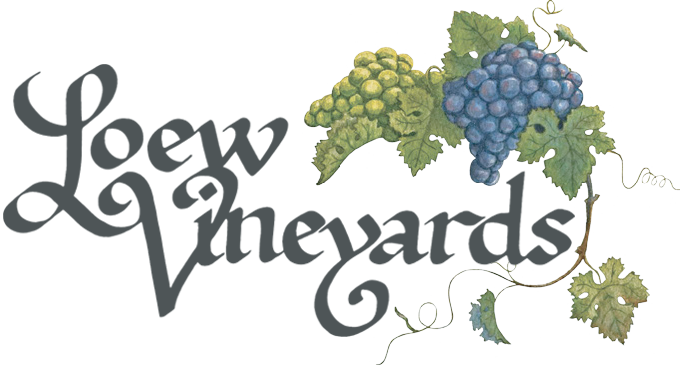The State of Fermentation
We are now about one month into the 2024 harvest. After this week, we will have processed most of the white varieties and will have transitioned onto the red varieties. We’ve already seen a lot of promise with the wines that have begun their fermentations. Right now, one of our standouts is a honey wine that is fermented with Chenin Blanc. It is vibrant with notes of green apple, honeysuckle, and quince. It reminds me of the Loire Valley, and I can’t wait to see how this wine continues to evolve. Harvest started out similar to the 2023 vintage in regards to hot temperatures and a quick increase in ripeness and flavors. After the “cold spell” which included some rain, most varieties in the vineyard halted their progress. Thankfully, we are now back to dry hot days and cool nights, allowing the grape clusters to mature and ripen for a stunning rest of the vintage. We will keep our fingers crossed for good weather for the rest of the season!
I’ve always felt that the wine industry as a whole moves really fast and really slow. Trends are impossible to keep up with when it takes well over a year to make a single product. At our winery, we tend to ignore trends partially for that reason. In fact, I wouldn’t consider us a “trendy” winery. When we work with new varieties and make new wines it’s a thoughtful process. After all, at our core, we are a “traditional” winery with the goal of making the best wines in our region with unique varieties.
So, one can imagine our surprise when Mazal, our dry sparkling red wine, received a gold medal in the 2024 Governor’s Cup! Seeing the awards results, I immediately think of my grandparents. I’m incredibly lucky to work for and alongside my grandmother, Lois, who trusts my skill as a winemaker and manager of the business operations. Without her, our winery wouldn’t be the way it is today. She rolls with the punches, and is open to my crazy ideas like producing a dry sparkling red wine. She understands that innovation along with preserving tradition is imperative to the future of our winery. I then think of my grandfather who taught me how to make wine starting when I was a teenager. Mazal was made with a red variety called Barbera that was fermented in the carbonic maceration method (also known as nouveau or whole berry/whole cluster fermentation). A style that my grandfather taught me when I was 18 or 19 years old. They are risky fermentations and are easy to ruin which is why most wineries don’t produce them. Luckily, I had a great mentor. I think my grandfather would find it funny that an experimental sparkling red wine of ours received a gold medal in a state competition. But, after a few moments, he would respond by saying, “you can’t argue with success,” and then ask me how we could ensure that we could continue to make Mazal at a high caliber each year. In all honesty, Mazal was the hardest wine I’ve ever made.
But, it turned out exactly as I hoped. Full bodied with ripe fruit, spice, and just delicious.
As we shift back to harvest, with another twenty tons of grapes to work with over the next two months, I really have just two main goals: to continue to produce beautiful wines that honor my family’s legacy and to produce better wines this vintage than I did last year.

